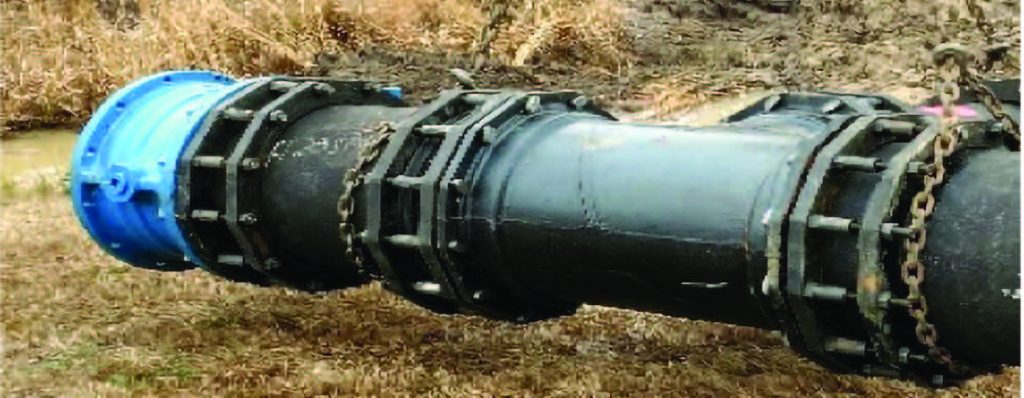In the realm of mechanical engineering, the choice between permanent and temporary joints plays a pivotal role in determining the structural integrity and functionality of assembled components. This article delves into the intricate nuances of these two types of joints, exploring their characteristics, applications, and the underlying engineering principles that set them apart.
Understanding the Basics
1. Defining Permanent Joints
Permanent joints are fixtures that are intended to be enduring, creating a bond between components that is difficult or impossible to disassemble without causing damage. Welding and brazing are prime examples of permanent joining methods, relying on the fusion of materials at the molecular level to form an inseparable connection.
2. Unveiling Temporary Joints
On the other hand, temporary joints are designed for disassembly and reassembly, allowing for maintenance, repairs, or modifications. Mechanical fasteners like bolts, nuts, and screws are archetypal examples of temporary joints. These joints facilitate flexibility and are crucial in applications where periodic access or alterations are required.
The Anatomy of Permanent Joints
1. Welding Wonders
Welding, as a permanent joining technique, involves melting and fusing materials to create a robust bond. Explore the diverse welding methods such as arc welding, TIG welding, and MIG welding, each offering unique advantages based on the materials and application requirements.
2. The Art of Brazing
Brazing, often misconstrued with welding, employs a different approach. This section elucidates the subtleties of brazing, where a filler metal with a lower melting point than the workpieces is used to join them together. Discover the applications where brazing outshines welding and vice versa.
Cracking the Code of Temporary Joints
1. Nuts and Bolts of Mechanical Fasteners
Delve into the world of mechanical fasteners, understanding how threaded connections provide a versatile solution for various applications. From the anatomy of screws to the intricacies of torque, this section uncovers the engineering intricacies that make temporary joints a cornerstone in mechanical assemblies.
2. Beyond the Basics: Threaded Inserts and Locking Mechanisms
Elevate your understanding of temporary joints by exploring advanced concepts such as threaded inserts and locking mechanisms. Uncover how these elements enhance the reliability and longevity of joints subjected to dynamic forces and vibrations.
Applications and Considerations
1. Tailoring Joints to Applications
Examine real-world applications where the choice between permanent and temporary joints is crucial. From automotive engineering to aerospace applications, the article navigates through scenarios where the selection of the appropriate joining method is paramount.
2. Factors Influencing Joint Selection
Conclude the article by elucidating the factors that engineers consider when choosing between permanent and temporary joints. Material compatibility, load-bearing capacity, and environmental conditions are among the critical considerations that guide the decision-making process.
About Author
You may also like
-
Ground Solar Mounting System: A Reliable Foundation for Large-Scale Solar Installations
-
PM High-Speed Motors: Driving Efficiency and Precision in Advanced Industrial Systems
-
Cable Hollow Winder Launched with Rapid Operation
-
What Is an Explosion Proof Motor and How Does It Work?
-
The Role of Electrofusion Fittings in Leak-Free Water and Gas Networks

